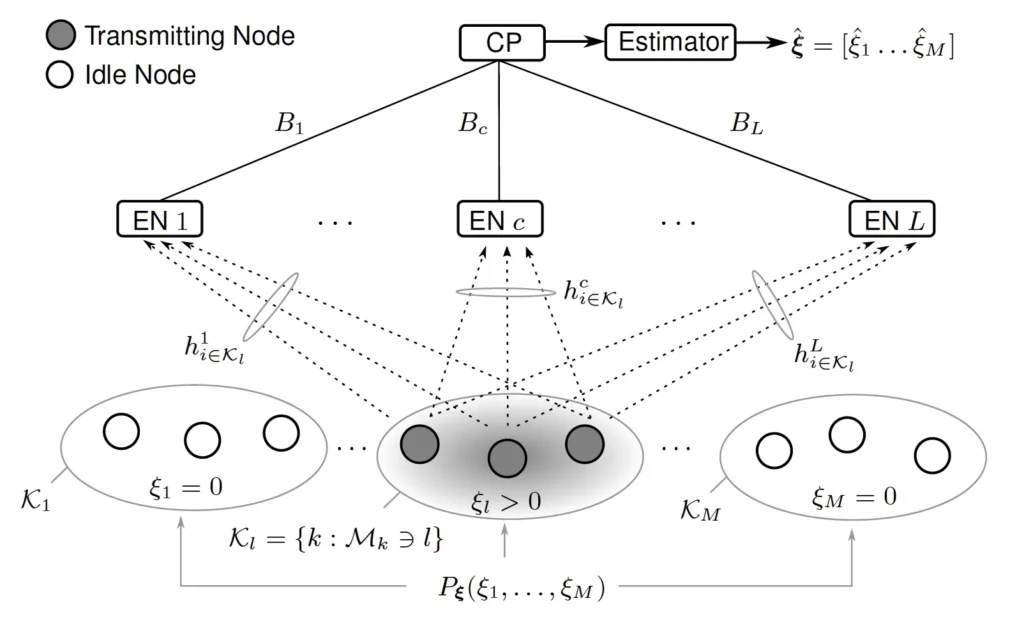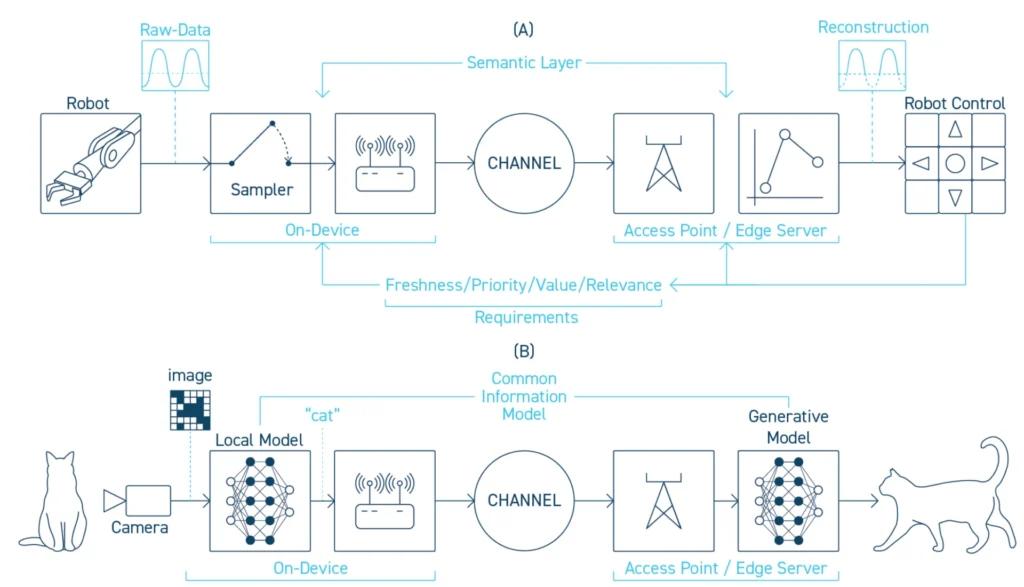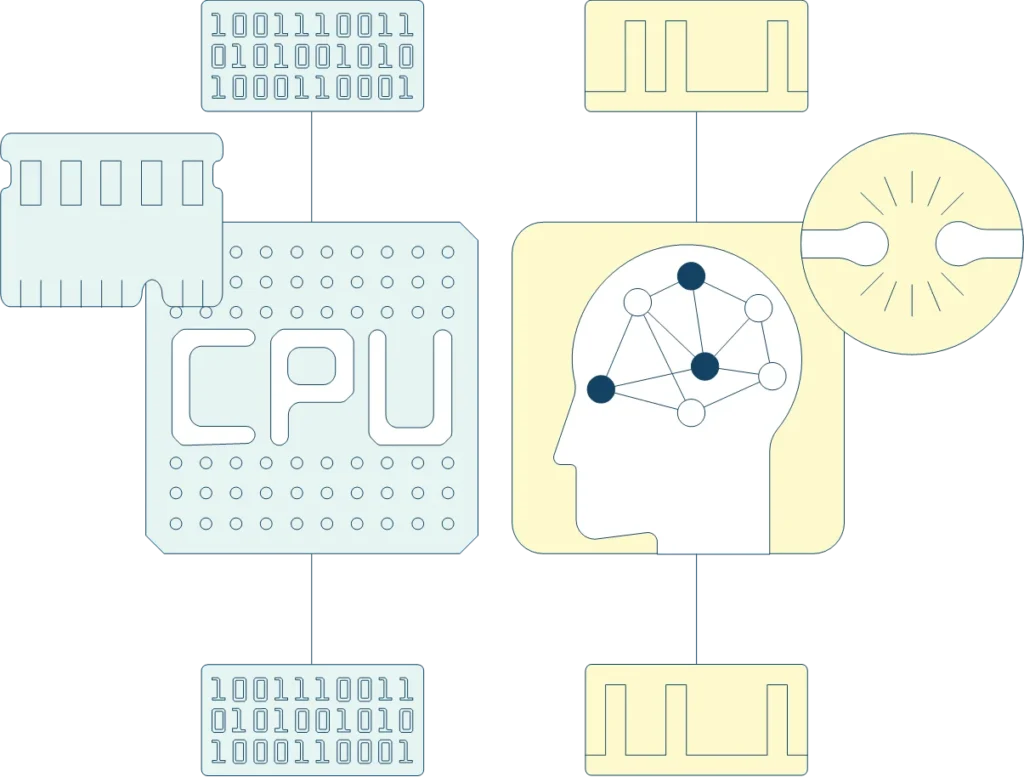While there have been significant research efforts to address different aspects of IoT/MTC in current cellular standards, the vision of extreme IoT/MTC connectivity required for these diverse applications is yet to be realized. There is also a lack of consideration of E2E aspects as part of the design, i.e., the entire protocol stack from the physical layer to the application layer. In this TIA, 6G-RIC focuses on novel wireless access techniques for 6G connectivity, as well as on aspects of “semantic communication”, motivated by the need of developing resource-efficient “goal-oriented” communication solutions that unify aspects of data acquisition, communication and control.

While broadband internet traffic is largely predictable, and typically associated with devices with mild energy efficiency constraints, IoT/MTC often relies on battery-powered terminals that become active only sporadically. Therefore, the nodes are expected to be very simple (to reduce the energy consumption), possibly with very limited reception capabilities, and transmitting in an uncoordinated manner. To address these aspects, 6G-RIC investigates modern random access protocols for massive connectivity, with focus on grant-free and unsourced random access schemes. From a communication viewpoint, the fundamental figure of merit is the energy efficiency of the developed waveforms/protocols. To reduce the overall energy consumption, low-complexity encoding/decoding algorithms are also developed, together with smart “wake-up” policies.

Semantic communication has recently attracted considerable attention, mainly motivated by the trend of developing “task-oriented” communication solutions that tailor resource consumption to the task at hand. Despite the general intuition that semantic communication may contribute to more efficient system design, there have been only a few concrete attempts to implement aspects of it in practice. To help bridge this gap, in 6G-RIC we revisit the theoretical foundations of semantic communication and address the possible implications on the protocol and system design. The focus is on two perspectives of semantic communication: (i) a goal-oriented perspective, which unifies aspects of traffic generation, communication, and control, with emphasis on the definition of appropriate semantic-aware metrics, and (ii) a semantic operability perspective, which extends the notion of data exchange through standardized interfaces (interoperability), to include the meaning or, more generally, the significance of data. We target applications of these concepts in scenarios such as robotic control and health monitoring.

Neuromorphic computing is emerging as a brain-inspired paradigm for efficient signal processing, providing advantages such as latency reduction and improved energy efficiency. In neuromorphic computing, processing is performed by employing spiking neural networks (SNNs), which are networks of dynamic spiking neurons that communicate and process with the timings of spikes (mimicking the operation of biological neurons. When implemented on specialized hardware, SNNs are energy-efficient and consume as little as a few picojoules per spike. In this context, Neuromorphic Wireless Cognition represents the integration of neuromorphic computing and wireless communications, targeting edge intelligence applications where a semantic task is partitioned between a device and an edge server. The device runs sensing, and partial processing of the data using neuromorphic hardware, while the remote edge server completes the given task based on information received from the device

Fraunhofer Heinrich-Hertz-Institut, HHI
Prof. Dr.-Ing. Slawomir Stanczak
Einsteinufer 37
D–10587 Berlin
E-Mail: info@6g-ric.de